The Lower Explosive Limit (LEL) is the lowest concentration of a gas or vapour that will burn in air.
The Lower Explosive Limit (LEL) varies from gas to gas, but for most flammable gases it is less than 5% by volume. This means that it takes a relatively low concentration of gas or vapour to produce a high risk of explosion.
Three things must be present for an explosion to occur: combustible gas to act as the fuel, air and a source of ignition (as shown in the diagram). In addition, the fuel must be present at the right concentration. As well as the LEL, below which the gas/air mixture is too lean to burn, there is also an Upper Explosive Limit (UEL), above which the mixture is too rich.
Safety procedures are generally concerned with detecting flammable gas before it reaches an explosive concentration, so gas detection systems and portable monitors are designed to create alarms before gases or vapours reach the LEL. Specific thresholds vary according to the application, but the first alarm is typically set at 20% LEL and further alarms are commonly set to 40% LEL.
LEL levels are defined in the following standards: ISO10156 (also referenced in EN50054, which has since been superseded) and IEC60079.
Many LELs are slightly different in the two standards, because the ‘original’ ISO standard lists LELs obtained when the gas is in a static state, while the LELs listed in the EN and IEC standards were obtained with a stirred gas mixture; this resulted in lower LELs in some cases (i.e. some gases proved to be more flammable when in motion). In the case of methane, for example, IEC60079 sets 100% LEL at 4.4% by volume, whereas the ISO standard sets it at 5%.
European ATEX Directive
The European ATEX Directive governing equipment for flammable atmospheres stipulates that equipment manufacturers and users comply with the EN61779, which is the companion to IEC60079. Crowcon therefore applies the lower values of LEL in territories that adhere to European Standards. Since the ISO standard is still used in the US and some other markets, we continue to calibrate to ISO 10156 in these territories.
Want to know more contact us today with any questions you have about LEL or your gas detection requirements.

